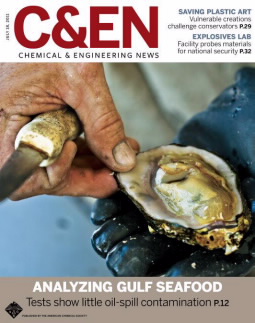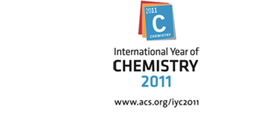FOR IMMEDIATE RELEASE
ACS News Service Weekly PressPac: July 20, 2011
Safety testing on Gulf seafood
“Testing Gulf Seafood” & “Instrumentation: Firms Help Meet Demand For Equipment”
Chemical & Engineering News
Government assurances that seafood from the Gulf of Mexico is safe to eat after the Deepwater Horizon oil spill are the result of a monitoring and testing program that continues more than a year after the April 20, 2010 disaster. The little-known story of the effort by Federal agencies to assure safety of Gulf seafood is the topic of the cover article in the current edition of Chemical & Engineering News (C&EN), ACS’s weekly news magazine.
In the story, C&EN Senior Correspondent Ann Thayer points out that U. S. Food and Drug Administration (FDA) officials say ongoing tests consistently show amounts of potentially toxic substances in seafood 100 to 1,000 times smaller than those posing health concerns. The spill, of 4.9 million barrels of oil, forced closing of 88,522 square miles of fisheries, about one-third of the entire Gulf.
Thayer describes how FDA worked on an urgent basis with the National Oceanic and Atmospheric Administration and state agencies to set up the monitoring program. The program uses approaches that range from sniff tests to sophisticated laboratory analysis. The results underpinned decisions by Federal and state authorities on closing and reopening Gulf fisheries. Officials allowed a gradual reopening of Gulf waters, with the final sector declared safe in April 2011. Safety monitoring continues and despite the reassuring results, safety concerns linger among some scientists and consumers, the article indicates.
![]()

Contact
Science Inquiries: Michael Woods, Editor, 202-872-6293
General Inquiries: Michael Bernstein, 202-872-6042


